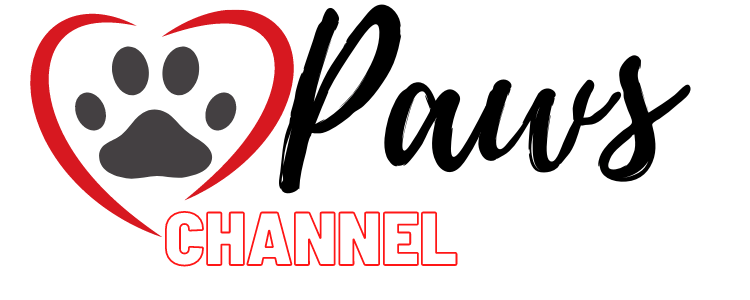What is right for cats, dogs and rodents: ready-made or fresh food? odysso has determined what science understands by healthy animal feed.
Animal owners spend around 1.7 billion euros annually in Germany on feed in order to take good care of their protégés. When researching how to feed animals as healthily as possible, one inevitably comes across very different and contradicting views. Some swear by canned food because it is already prepared and apparently many animals like it. Other animal lovers swear by the fresh preparation of “biologically appropriate raw feed”, in short: BARF. Critics, however, argue that “barking” increases the risk of parasites and causes deficiency symptoms.
Animal feed production is complicated
Prof. Josef Kamphues from the Institute for Animal Nutrition at the University of Veterinary Medicine Hannover, emphasizes that animal owners should know exactly if they want to produce food themselves. Because even in the wild, carnivores do not only consume muscle meat, for example: “Organs such as the liver, which serves as a source of trace elements such as copper and vitamins, are also ingested via the captured animal. Animal owners should therefore orient themselves towards this which prey animals your protégé would have in mind and provide them with these components. “
On the other hand, it is not in the interests of animal health to simply chop up everything that is left over in the kitchen. “Kitchen leftovers and slaughterhouse by-products in combination with cereal flakes, potatoes or pasta all have one thing in common: far too much phosphorus and too little calcium,” says the animal nutrition expert.

Ready-made sewing is highly controversial with some pet ownersColourbox Colourbox –
Canned Food – Healthy or Inferior?
Canned food has a reputation for not containing enough vitamins due to its sterilization. And that the food industry dumps its inferior residues in it. However, this cannot be said in general terms, since legal requirements also apply to animal feed. All ingredients must be “marketable goods”, the quality of which is controlled as with food. According to this, even ready-made feed must contain certain prescribed nutrients, vitamins and trace elements.
The amount of feed is crucial
The biggest problem with pet feeding isn’t quality, but quantity, experts warn. The combination of little exercise and too much food inevitably makes you fat. Many animals gratefully accept food when it is presented to them, even when they do not need it. The consequences are the same as with fat people: they build up fat deposits and their joints wear out under the heavy weight. The result is even less movement. A vicious circle that negatively affects and shortens the lives of animals.
Ice cream for guinea pigs daily
Many pets suffer even though their owners mean well with them. According to the experience of the Institute for Animal Nutrition in Hanover, the grain mixes for small animals such as rabbits and guinea pigs are also a major problem.

Greens are a compelling alternative to grain mixes for rodents
The experts recommend green fodder and hay. However, the diet is often very high in energy: cereals, nuts, high-fat sunflower seeds. “It is as if we humans only eat ice cream and butter,” explains Prof. Kamphues.
“Bulky” food for healthy rodent teeth
In addition, the small rodents also need hard plant material such as shells or stems. Laypeople mistakenly view this as a contamination, but for rodents these are necessary ingredients, since only such bulky fibers can rub off the regrowing teeth. The fibrous material also helps ensure that the food can be transported through the digestive tract.

